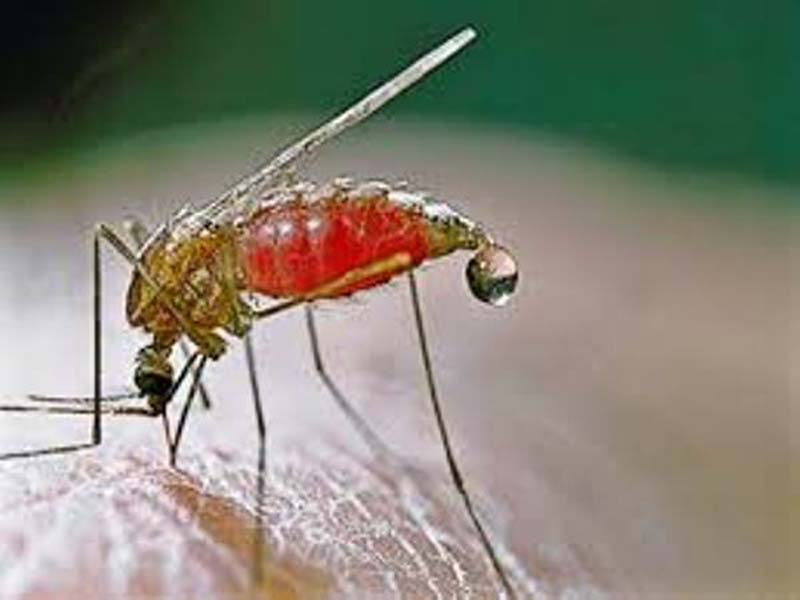Washington: A team of researchers has recently discovered new targets for drug development against life-threatening malaria parasite, which needs two proteins to infect red blood cells and exit after multiplying.
Plasmodium falciparum is the species of parasite that causes the most malaria deaths worldwide.
Researchers from Eunice Kennedy Shriver National Institute in the U.S. sought to uncover the role of plasmepsins IX and X – two of the 10 types of plasmepsin proteins produced by P. falciparum for metabolic and other processes.
The findings indicated that one drug called CWHM-117, which has already been tested in a mouse model of malaria, may help researchers modify CWHM-117 to make it more effective.
They created malaria parasites that lacked plasmepsin IX or X under experimental conditions and compared them to those that had the two proteins.
The team found plasmepsin IX in rhoptries, specialised cell structures inside the parasite, which help to invade Red Blood Cells.
The parasites lacking plasmepsin IX had defective rhoptries.
In addition, they also observed plasmepsin X in exonemes – small vesicles (balloon-like structures) that help malaria parasites exit infected cells.
The team also discovered that plasmepsin X processes an important protein called SUB1.
When deprived of plasmepsin X, the parasites could not process SUB1 and could not infect red blood cells or exit these cells after multiplying.
The researchers also identified three experimental malaria drugs that may work by targeting plasmepsin X.
Furthermore, parasites lacking the plasmepsins could potentially be used to screen candidate drugs to identify additional anti-malaria compounds.
The research appears in journal called ‘Science’. (ANI)

